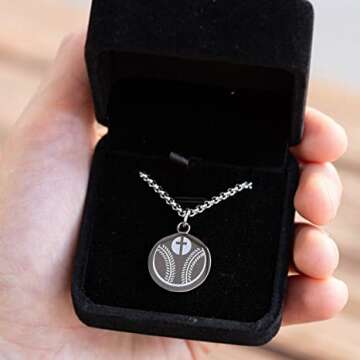The Landmark Decision of 1932
In the world of professional baseball, the **1932 season** marked a significant milestone when the National League (NL) officially approved the practice of players wearing **uniform numbers**. This transformative decision has since become a fundamental part of the sport, enhancing both fan engagement and team organization.
Why Did the National League Approve Uniform Numbers?
Before 1932, players were identified solely by their names and positions, which sometimes led to confusion, especially for new fans or those unfamiliar with the teams. The National League recognized the need for a more effective way to distinguish players on the field. Adopting uniform numbers would streamline this process, allowing spectators to follow the game more easily.
The Evolution of Uniforms in Baseball
The concept of uniform numbers, while already in practice in some settings, had never been standardized. Prior to this, some teams, such as the **New York Yankees**, used numbers for a few years, but the lack of formal regulations meant it was not universally accepted. The approval in 1932 ensured that every team would adhere to this new guideline, fostering a more cohesive style across the league.
The Impact of Numbers on Baseball Culture
The introduction of uniform numbers has profoundly influenced baseball culture. Fans began to associate specific numbers with their favorite players, contributing to the development of hero worship within the sport. Legendary figures such as **Babe Ruth**, who wore number 3, and **Joe DiMaggio** with number 5, established lasting legacies tied to their uniform numbers.
Collective Identity Among Teams
The standardization of numbers allowed teams to create a collective identity. Fans felt more connected to specific players and began to purchase merchandise that featured jerseys with their beloved players’ numbers. This change has played a crucial role in the evolution of **sports marketing** and merchandise sales we see in today’s sports environment.
The Role of Uniform Numbers in Game Strategy
Uniform numbers also changed how teams approached game strategy and statistical analysis. Coaches could now refer to players by number when relaying instructions or making substitutions, improving communication during fast-paced game situations. As a result, uniform numbers went from being a mere identification tool to an integral part of the game's logistics.
Fun Fact
The First Player to Wear a Number
The very first player to wear a number in Major League Baseball was **Lou Gehrig**, donning the number 4 for the **New York Yankees** in 1929. His legacy continues, as he became known not only for his impressive hitting ability but also as a symbol of durability and resilience in sports history.
Additional Resources
Recommended Reading on Baseball Numbers
For those intrigued by the history of baseball and its numbers, consider exploring “Extra Life: A Short History of Living Longer”, which provides insight into the evolution of sports and its impact on culture. Another interesting read is “The Baseball Encyclopedia”, which gives in-depth statistics and history behind the game and its players.


















 Continue with Google
Continue with Google